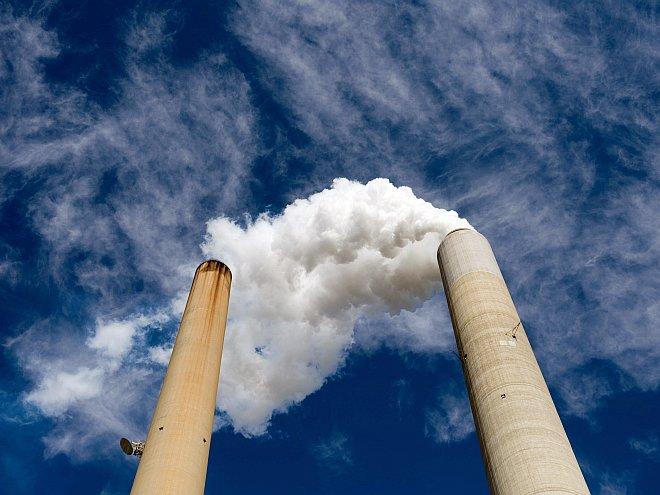Commentary
When we talk about risk, we’re making an assessment of potential danger. Ideally, we’re personally qualified to make that assessment.

When we talk about risk, we’re making an assessment of potential danger. Ideally, we’re personally qualified to make that assessment.